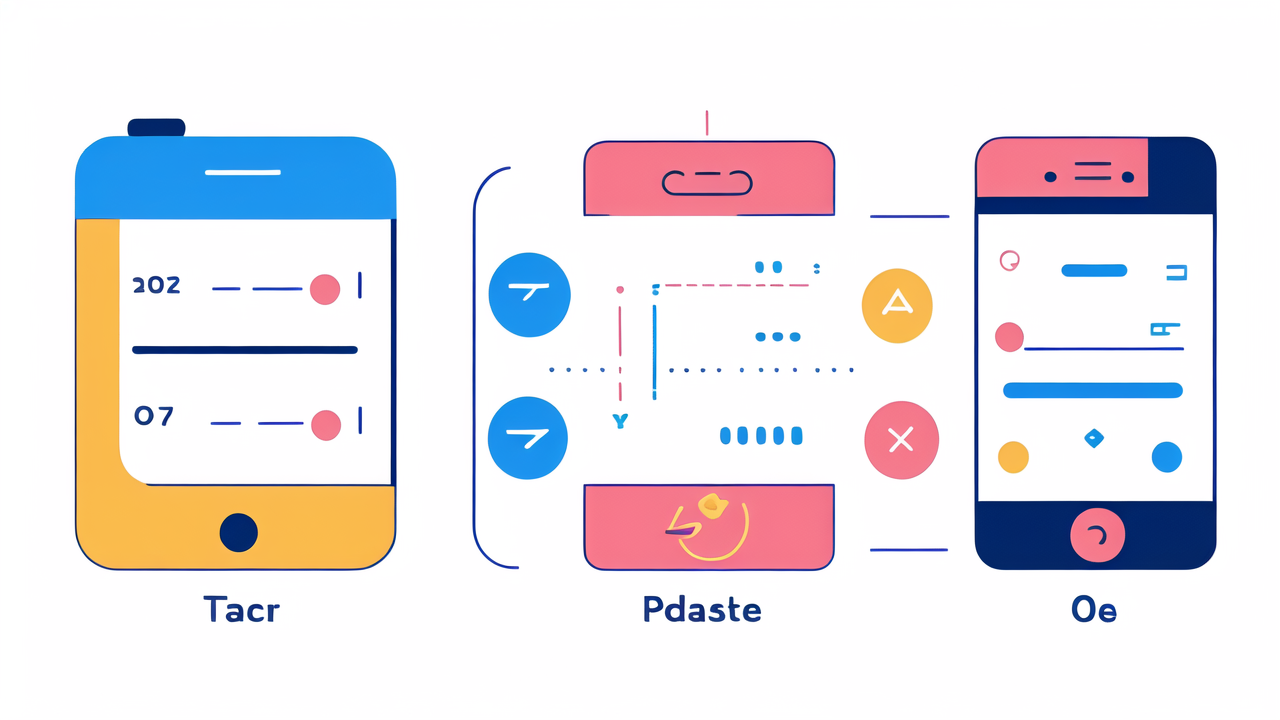The Evolution of Pulse Watches in the Healthcare Industry
The inception of Pulse Watch technology
Pulse watch technology has come a long way since its early days. The first pulse watches emerged in the 1970s. They were basic devices that could measure heart rate. These early models used chest straps to detect electrical signals from the heart.

The data was then sent to a wrist-worn device. This allowed users to monitor their heart rate during exercise. However, these devices were bulky and not very accurate. They were mainly used by athletes and fitness enthusiasts.
As technology improved, pulse watches became more compact and user-friendly. By the 1990s, they could be worn on the wrist without a chest strap. This made them more accessible to the general public.
Major advancements in Pulse Watches over the years
Over the years, pulse watches have seen significant improvements. One major advancement was the introduction of optical sensors. These sensors use light to detect blood flow and measure heart rate. This made pulse watches more accurate and comfortable to wear.
Another key development was the integration of GPS technology. This allowed users to track their location and distance during workouts. Pulse watches also began to include features like step counting and sleep tracking.
More recent advancements include:
- Longer battery life
- Water resistance
- Touchscreens
- Smartphone connectivity
- Stress level monitoring
- Blood oxygen level measurement
These features have transformed pulse watches into comprehensive health tracking devices. They now offer a wealth of data about our overall well-being.
Regulatory impact on Pulse Watch development
Regulatory bodies have played a crucial role in pulse watch development. In the United States, the FDA oversees these devices. They ensure that pulse watches are safe and effective for consumers.
The FDA has set guidelines for the accuracy of heart rate measurements. This has pushed manufacturers to improve their technology. It has also led to more rigorous testing of pulse watches.
Regulations have also impacted data privacy and security. Manufacturers must now ensure that user health data is protected. This has led to improved encryption and data storage practices.
However, regulations can also slow down innovation. The approval process for new features can be lengthy. This can delay the release of new pulse watch models.
Innovations in Pulse Watch Features for Enhanced Health Management
Advanced metrics for improved diagnostics
Modern pulse watches offer a range of advanced metrics. These go beyond simple heart rate monitoring. They provide valuable data for improved health diagnostics.
One key metric is heart rate variability (HRV). This measures the variation in time between heartbeats. HRV can indicate stress levels and overall health. Low HRV may suggest health issues or high stress.
Other advanced metrics include:
- VO2 max estimation (maximum oxygen uptake)
- Respiratory rate
- Blood pressure monitoring
- ECG (electrocardiogram) readings
These metrics allow users to gain deeper insights into their health. They can spot potential issues early. This data can also be shared with healthcare providers for better care.
Integration with medical software and AI
Pulse watches are increasingly integrating with medical software and AI. This integration enhances their diagnostic capabilities. It also makes the data more useful for healthcare professionals.
Many pulse watches now sync with health apps on smartphones. These apps use AI to analyze the data collected. They can provide personalized health insights and recommendations.
Some pulse watches can even detect irregular heart rhythms. They may alert users to potential heart conditions. This early warning system can be life-saving in some cases.
AI integration also allows for more accurate predictions. It can forecast health trends based on a user's data. This helps in preventive healthcare and lifestyle management.
The role of connectivity and IoT in Pulse Watch functionality
Connectivity and the Internet of Things (IoT) have revolutionized pulse watch functionality. Modern pulse watches are now part of a larger connected ecosystem.
Many pulse watches can connect to smartphones via Bluetooth. This allows for real-time data syncing and analysis. Users can view their health data on larger screens and share it easily.
IoT integration enables pulse watches to interact with other smart devices. For example:
- Syncing with smart scales for weight tracking
- Connecting to smart home devices for sleep environment optimization
- Integrating with fitness equipment for more accurate workout data
This connectivity enhances the overall user experience. It provides a more comprehensive view of health and fitness.
The Future of Pulse Watches in the United States Market
Predicting trends: The road ahead for Pulse Watch tech
The future of pulse watch technology in the US market looks promising. We can expect to see several exciting trends in the coming years.
One major trend is the integration of more advanced sensors. These may include:
- Continuous glucose monitoring for diabetics
- Hydration level sensors
- Skin temperature sensors for fever detection
Another trend is the development of more personalized health insights. AI will play a big role in this. It will analyze data to provide tailored health recommendations.
We may also see pulse watches becoming more fashion-forward. Manufacturers are likely to focus on sleek designs and customization options.
Challenges and opportunities for manufacturers
Pulse watch manufacturers face both challenges and opportunities in the US market. One major challenge is the increasing competition. Many tech giants and startups are entering the market.
Data privacy and security remain ongoing concerns. Manufacturers must invest in robust security measures. They need to protect user health data from breaches.
However, there are also significant opportunities. The growing focus on preventive healthcare is a big plus. More people are interested in monitoring their health daily.
There's also potential in targeting specific health conditions. Pulse watches for managing chronic diseases could be a growing market.
Impact of Pulse Watches on the American health system
Pulse watches are set to have a significant impact on the American health system. They are shifting the focus towards preventive care and self-monitoring.
These devices can help reduce healthcare costs. By catching health issues early, they may prevent costly hospital visits. They also empower patients to take charge of their health.
Pulse watches could also improve remote patient monitoring. This is especially valuable in rural areas with limited access to healthcare.
However, there are challenges to overcome. Healthcare providers need training to interpret this new data. There's also a risk of over-reliance on these devices.
In conclusion, pulse watches are revolutionizing health tracking in the US. They offer exciting possibilities for improved health management. As technology advances, their role in healthcare is likely to grow even further.




Leave a comment
This site is protected by hCaptcha and the hCaptcha Privacy Policy and Terms of Service apply.